Their Story (Page)
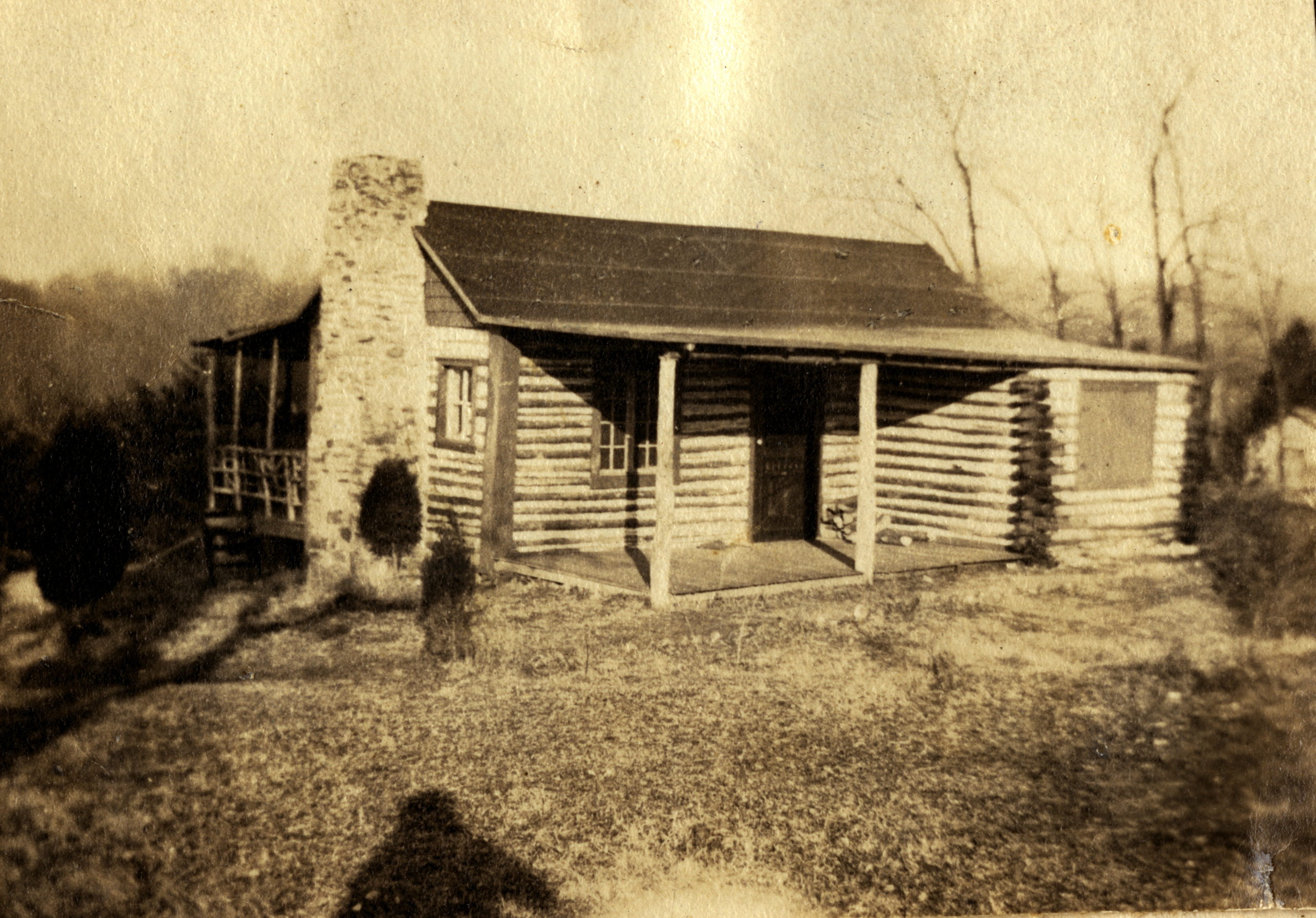
After graduating from college, June and a girlfriend made a pact. They took turns supporting one another for a year so each could explore her dreams. To support her friend, June worked in New York City as a staff writer for McCall’s Magazine for $15 a week. When it was her turn, June chose to live in a log cabin by an eastern hardwood forest near Washington D.C.
One day Ensign Farrar Burn was hiking in the woods and came upon the cabin where June lived. It was 1919. Farrar was still in his World War I uniform. He came every day for a month. Farrar wooed June with dreams of a life lived free of the “taint of money,” as he called it. Quickly, they were married and planning their life together.
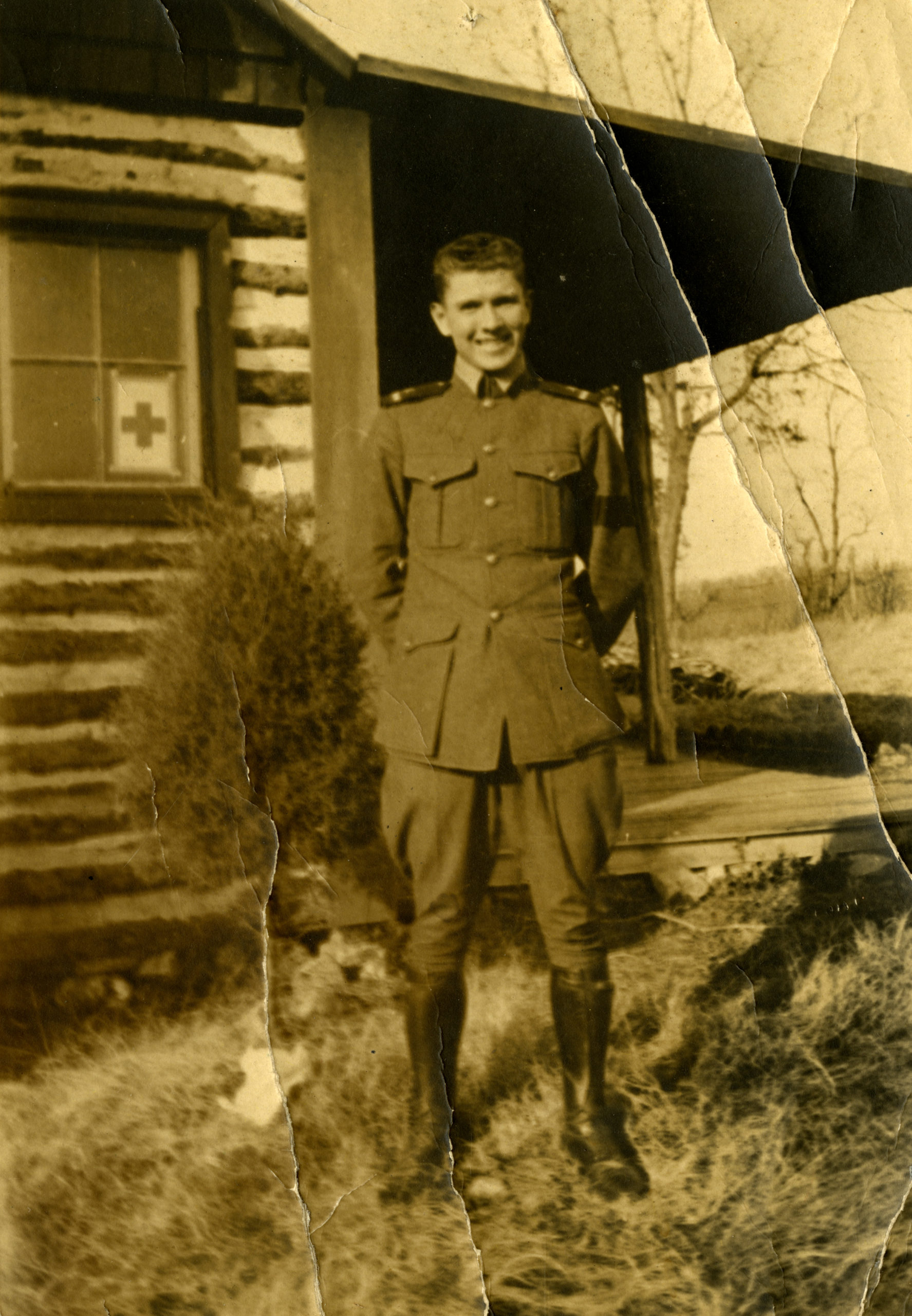

Looking at maps, June and Farrar were drawn to a group of islands in the Salish Sea. In those days, people could homestead land by living on it for a certain period. June wrote to the Homestead Office for the Salish Sea region. Because of Farrar’s military service he had priority. Yes, they could homestead an island! June and Farrar walked and rode trains across the country from Washington D.C. to Seattle. They called their 15-acre island Gumdrop. They ate a lot of fish and cracked wheat hoecake and felt blessed. Farrar often said, “Wishes come true in this place.”
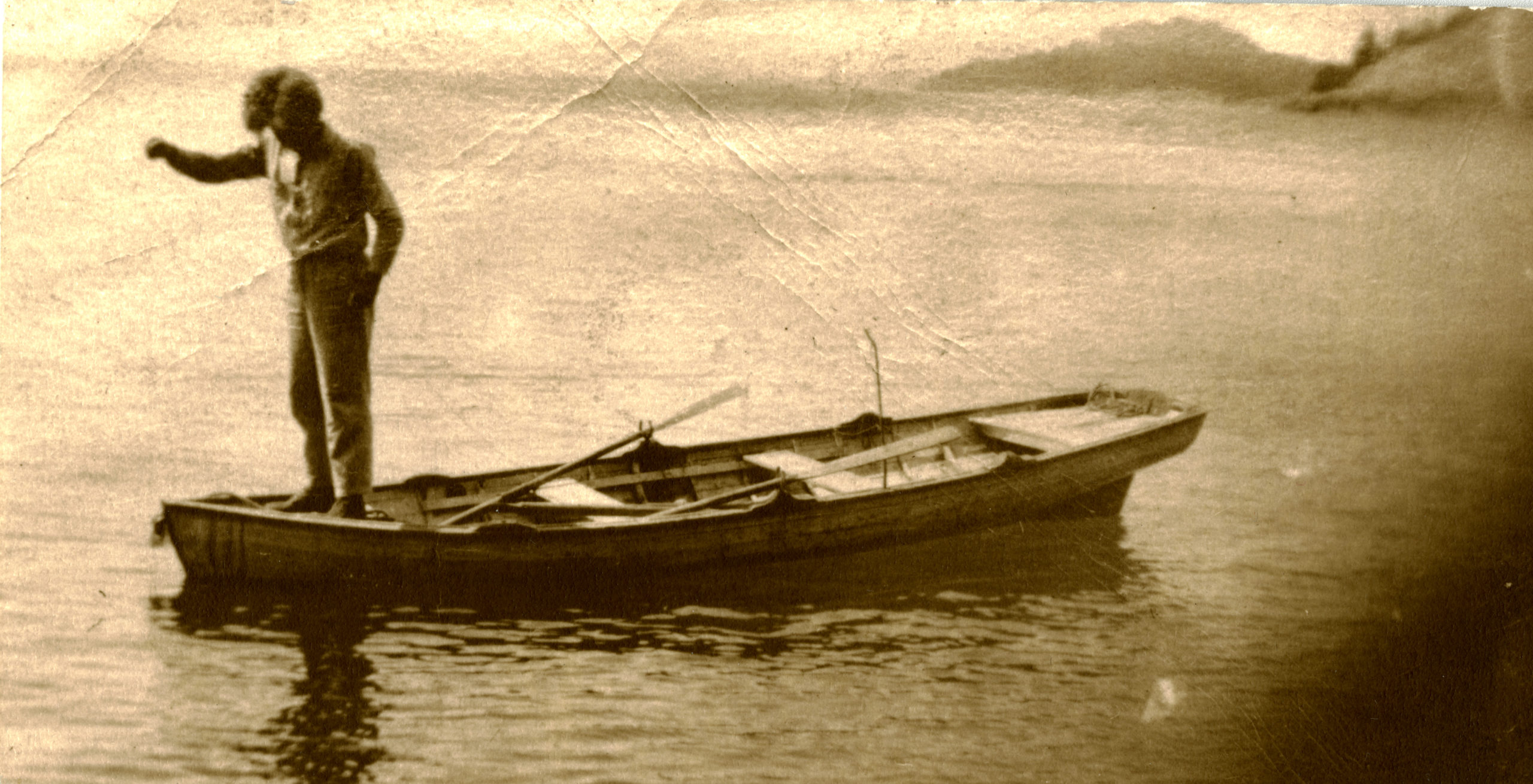

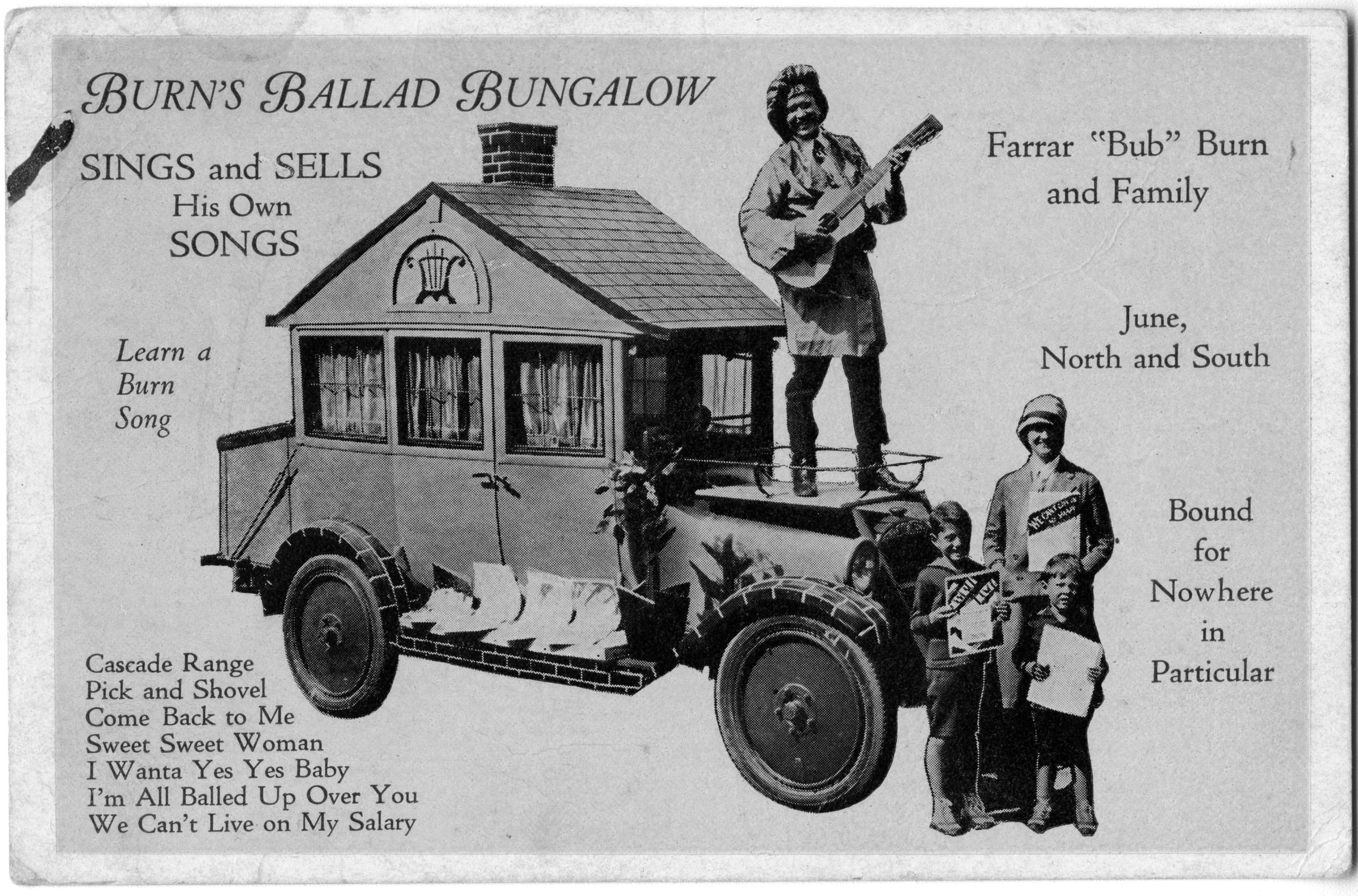
Farrar was a minstrel. He only sang songs of his own composition. In the late 1920s, June and Farrar toured the U.S. in the Burn Ballad Bungalow, a Dodge equipped with a stage, camping gear, and a fold-down desk where June homeschooled their two sons.
Farrar was a minstrel. He only sang songs of his own composition. In the late 1920s, June and Farrar toured the U.S. in the Burn Ballad Bungalow, a Dodge equipped with a stage, camping gear, and a fold-down desk where June homeschooled their two sons.
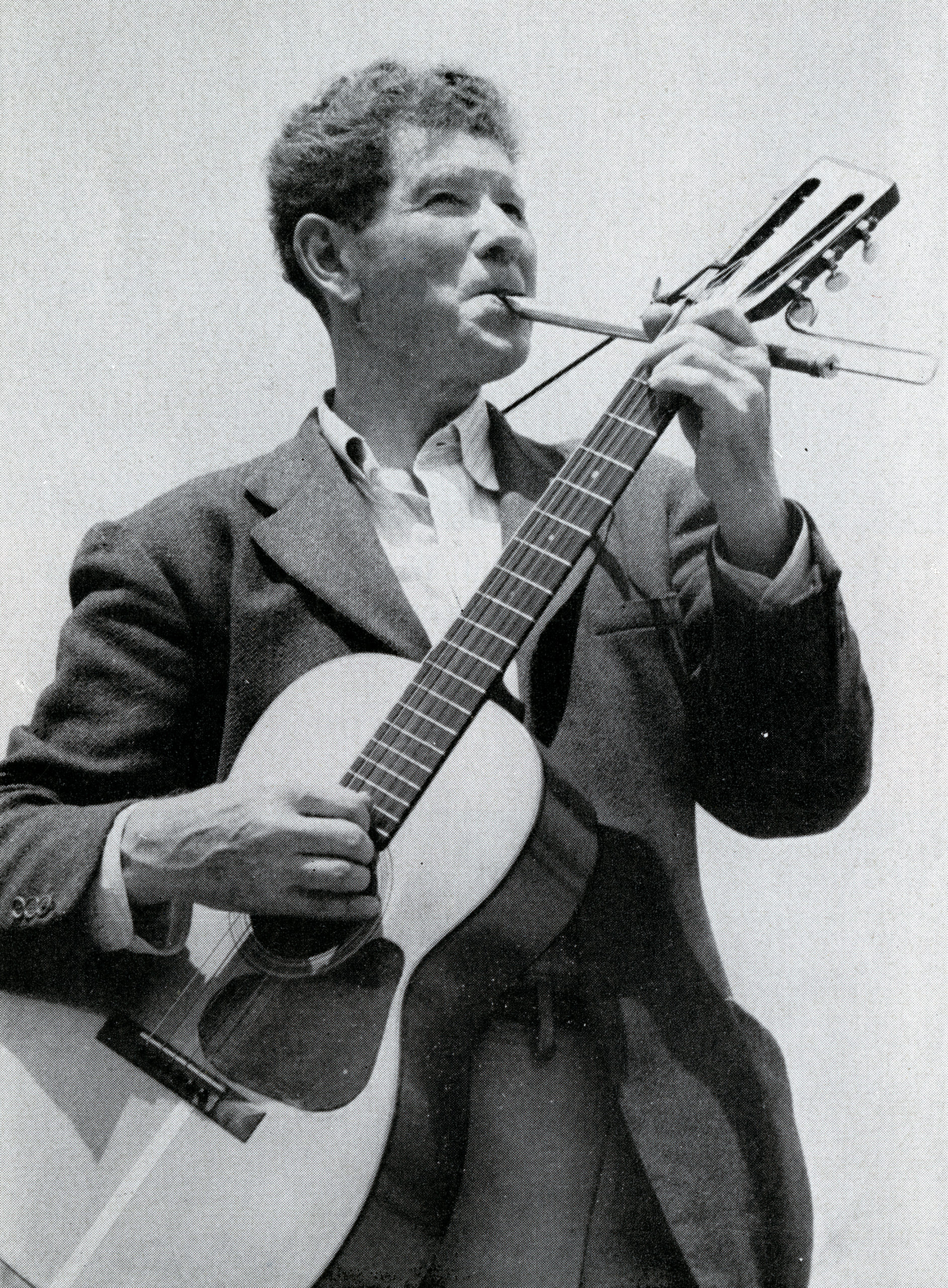

The Ballad Bungalow tour ended in Bellingham, Washington. June and Farrar sold the touring car and purchased 2.5 acres south of Bellingham Normal School. Farrar built two tiny log cabins on a knoll, one for cooking, bathing, and laundry, the other for entertaining, reading, music, and sleeping. June wrote a daily column for The Bellingham Herald. Together June and Farrar published The Puget Sounder, one of the nation’s first environmentalist newspapers.
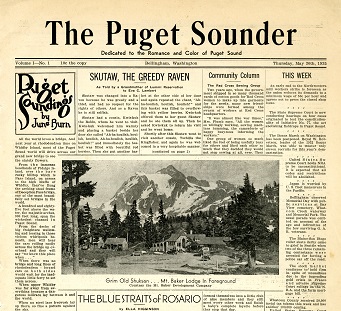
When The Puget Sounder went bankrupt with the Great Depression. June and Farrar deeded their Bellingham property to the printing company to pay their bill. With $300, they purchased land on a mid-size island, which had a community and gave their sons a permanent home.
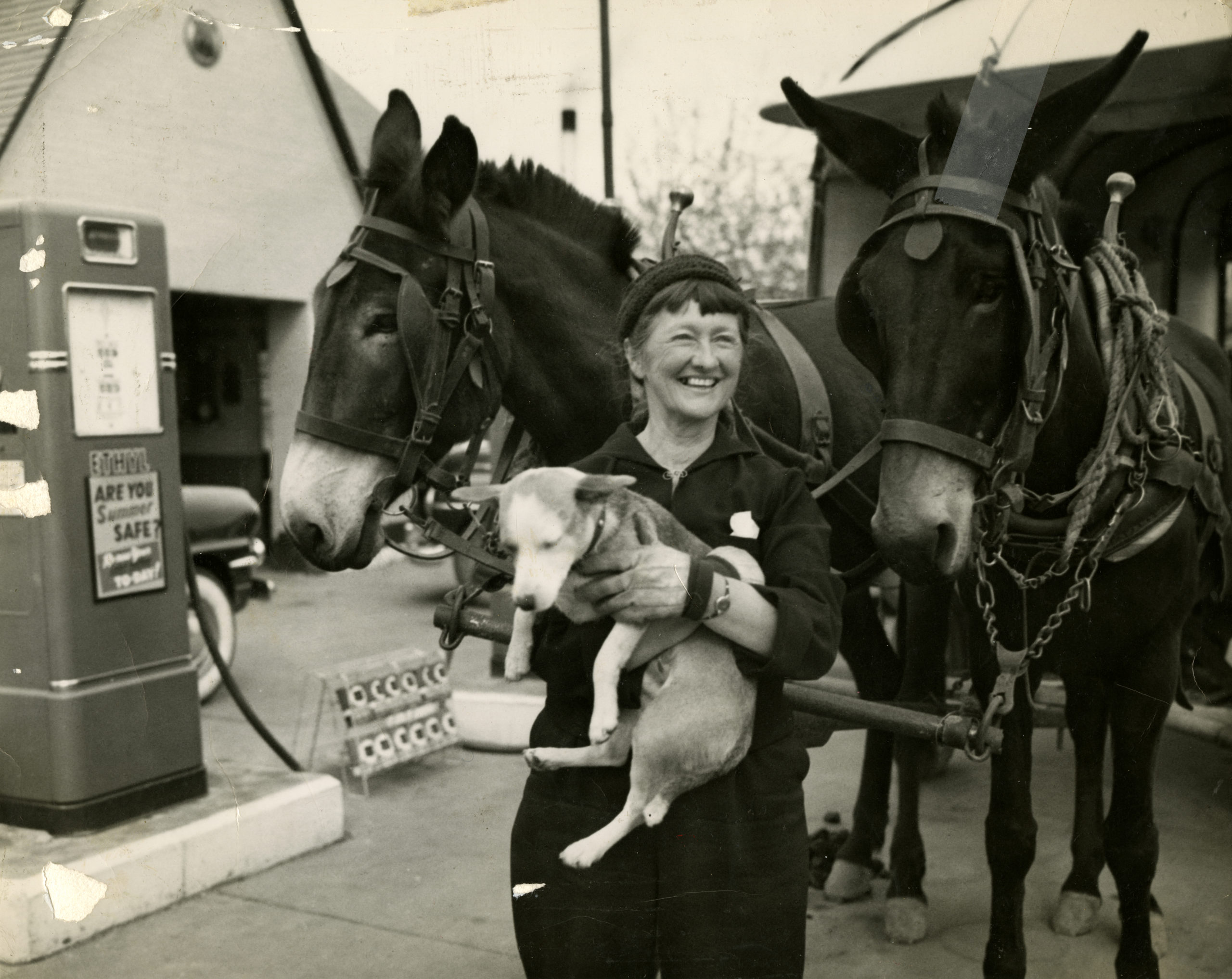
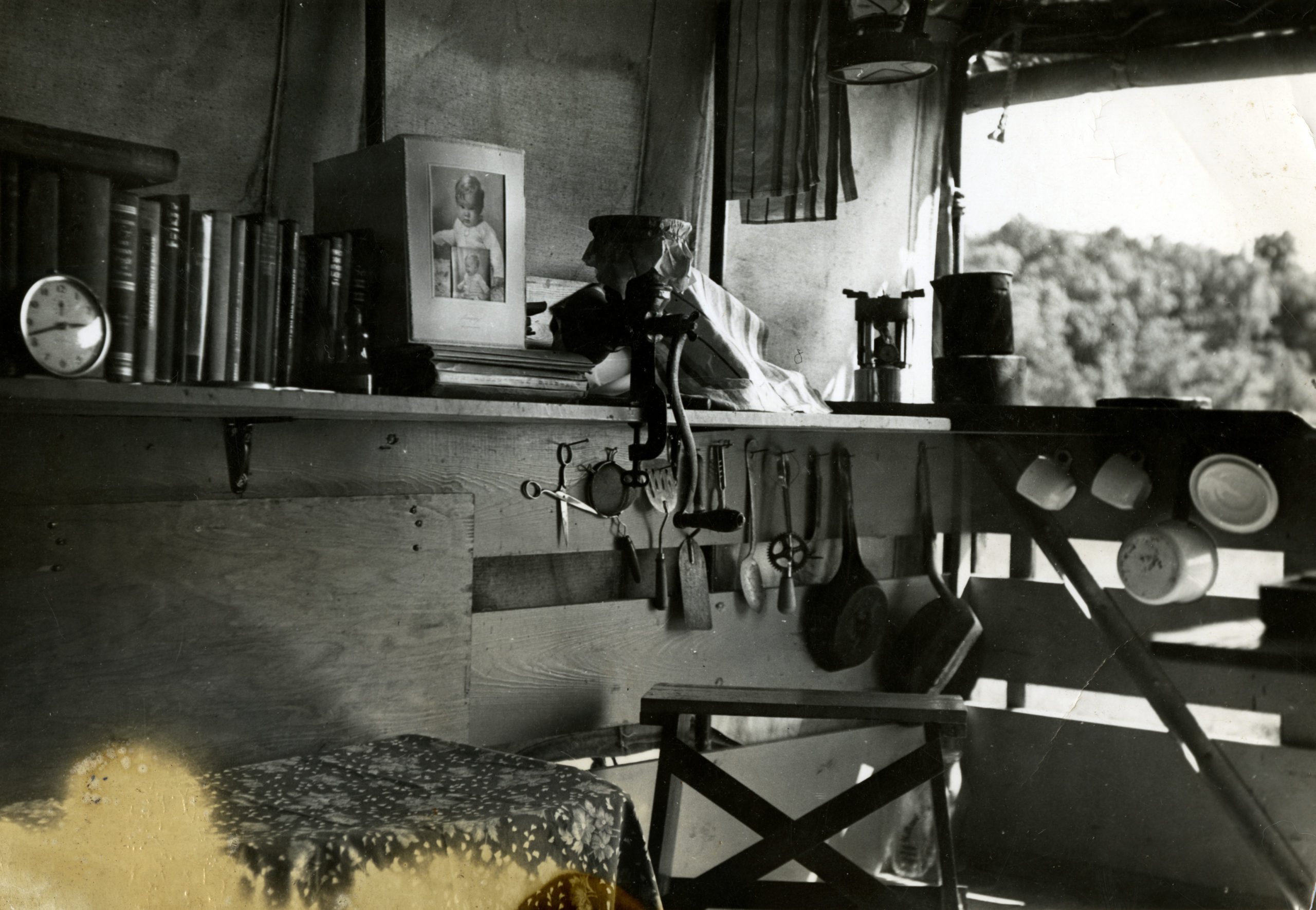
When June was in her fifties, they lived in a covered wagon near the University of Missouri, where June studied with Dr. William Albrecht, an expert on the relationship between soil fertility and health and pioneer in the science of organic farming. June then did a one-year internship in England with Lady Eve Balfour, another pioneer in organic farming.
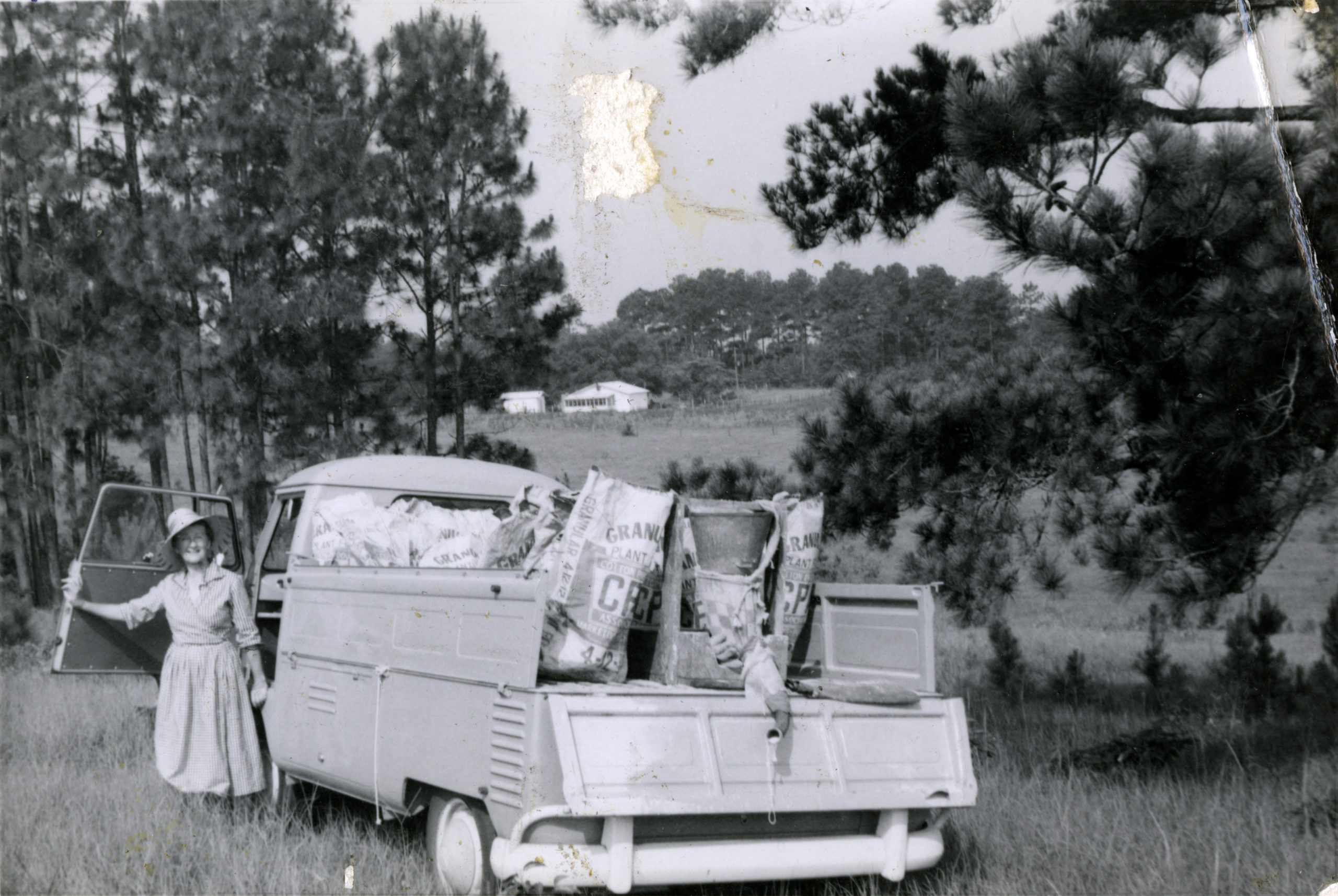
In their old age, June and Farrar lived on a farm in Florida and then moved to Van Buren, Arkansas, near where Farrar was born. June died in 1969. Farrar died in 1974.

